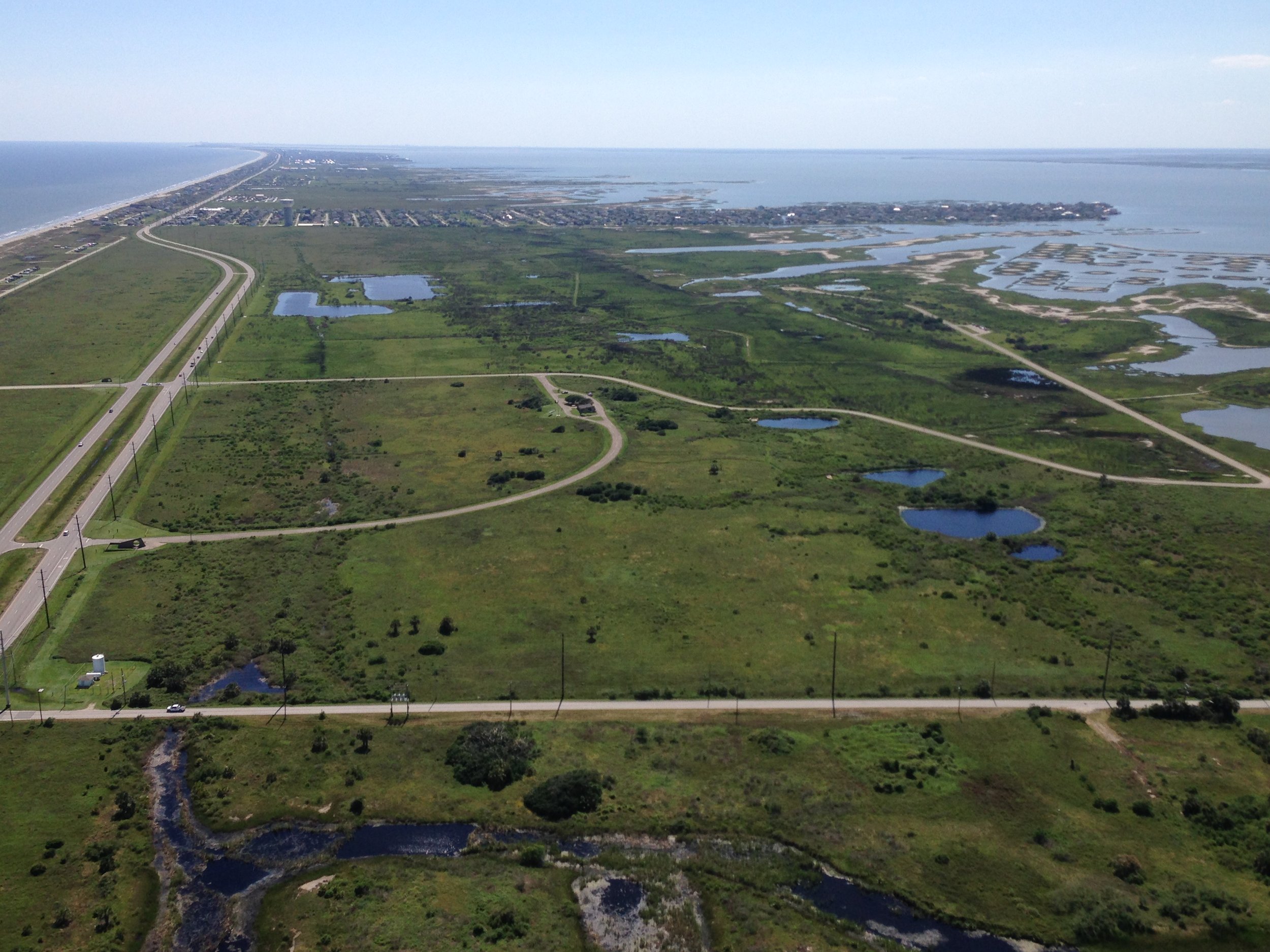
Environmental Due Diligence
Identifying Potential Problems Before They Impact Your Organization.
We help your organization achieve it’s due-diligence goals.
Some of our most popular services are listed below.
Phase I Environmental Site Assessment (ESA)
Transaction Screen Assessment (TSA) – Merger, Acquisition, or Divestment
Phase I Environmental Site Assessment (ESA)
A Phase I Environmental Site Assessment (ESA) is a comprehensive evaluation that identifies potential environmental liabilities associated with a property. Conducted in accordance with ASTM standards, this assessment includes a review of historical records, regulatory databases, and a site inspection to determine if past or current activities may have caused environmental contamination. A Phase I ESA is often a prerequisite for real estate transactions, ensuring that buyers, lenders, and developers are informed of any environmental risks before proceeding with the acquisition, sale, or financing of a property. This assessment helps protect stakeholders from unforeseen environmental liabilities and ensures compliance with applicable regulations.
Transaction Screen Assessment (TSA) – Merger, Acquisition, or Divestment
A Transaction Screen Assessment (TSA) is a more streamlined environmental due diligence process tailored for mergers, acquisitions, or divestments. It involves a limited environmental review to quickly identify potential environmental risks that could affect the transaction. The TSA includes a basic site inspection, interviews, and regulatory review to flag areas of concern without the comprehensive scope of a Phase I ESA. This assessment is ideal for lower-risk properties or as an initial step in the due diligence process, providing key insights for stakeholders to make informed decisions while minimizing delays in transactions.
Contact us today to learn more about how our Environmental Due Diligence Services can assist you with your environmental challenges. With Latitudes Environmental, you have a partner dedicated to ensuring your projects and operations are environmentally compliant and sustainable.
Recent Projects
-
Phase I ESA – Commercial Property in Sugar Land, TX
Latitudes Environmental conducted a Phase I Environmental Site Assessment for vacant commercial lot located in Sugar Land, TX. The due diligence investigation was performed as part of a property sale, in accordance with ASTM E1527-21, Standard Practice for Environmental Site Assessments.
-
Oil Field Acquisition
Latitudes Environmental performed an environmental due diligence investigation for an acquisition package of 166 oil wells, along with their associated production facilities located in West Texas and New Mexico. This work involved a comprehensive records review and site visits to all facilities to identify conditions which may represent environmental risk. Standards of ‘good industry practice’ in exploration and production operations were also considered. Special attention was paid to pollution prevention and waste management practices, secondary containment systems, emissions and discharge control systems, and general equipment condition. We interviewed key operations personnel regarding management practices, wellsite history, past incidents, and use of chemicals at the location. A final due diligence report was prepared and delivered to the client in 22 days from notice to proceed with this work.
Frequently Asked Questions
-
It's a process used to assess the environmental conditions and potential liabilities of a property before a transaction or development.
-
It helps identify potential contamination or environmental liabilities to mitigate risks and ensure compliance with environmental regulations.
-
It ensures regulatory compliance, reduces environmental liabilities, and can improve operational efficiency and public image.
-
This includes site assessments (Phase I and II ESA), risk analysis, and evaluating compliance with environmental regulations.
-
Phase I identifies potential contamination risks without sampling, while Phase II involves detailed testing to confirm the presence of contaminants.
-
It aims to identify significant known risks, though some hidden or unforeseen issues may not always be detectable.
-
Further investigation, risk assessment, and potentially remediation may be required, depending on the extent of contamination.
-
Qualified environmental consultants or firms with expertise in environmental science and regulatory compliance should perform these assessments.

